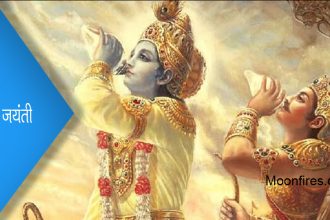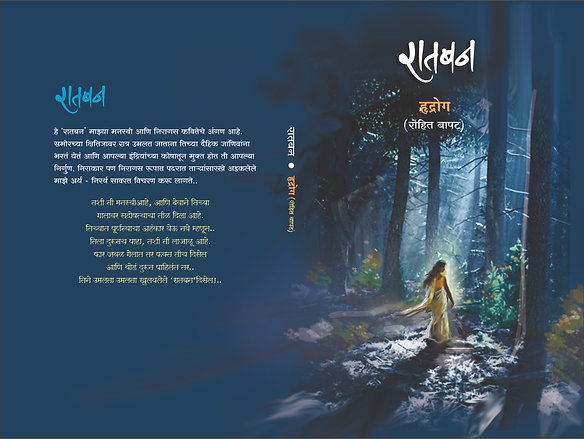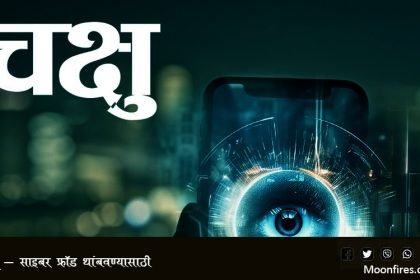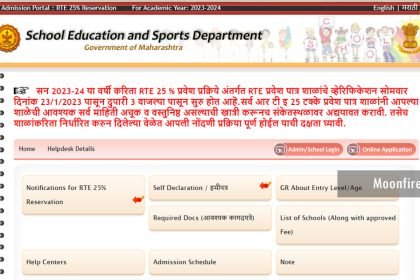Low-light Photography is unavoidable for photographers. It is not just relevant for shooting at dawn or dusk. Shooting inside can often provide a challenging environment for photographers. Like most elements in photography, it’s all about balance. A balance where you sacrifice as little quality as possible. Today we will look at few techniques to help shooting in low light. These range from camera settings to small steps you can take to improve your photographs. The better you become at taking pictures in low light, the more confident you will feel on location or even on a job. Let’s dive in and have a look at few techniques for shooting low-light photography.
it’s all about balance
1. Increase ISO Settings
Adjusting the ISO on your digital camera will determine how sensitive your camera’s image sensor is to light. For example, if you increase the ISO to 400 or 800, you will allow more light to reach the camera’s sensor than if the settings were at ISO 100 or 200. So then, why not have higher ISO settings all the time? A lower ISO will produce sharper images, and the higher the ISO, the more image noise (grain) will be present. For low light photography, try setting your ISO to 800 and adjust accordingly.

2. Don’t trust your Camera / phone Display
Most camera / phone cameras work with automatic settings, i.e. they automatically measure the light around you and adjust the exposure to that. Very often though they have troubles with low light situations and make the photo even darker than the actual setting.
But there’s a trick to outsmart your camera / phone: first point your camera to a bright subject (like a spotlight or the sky during sunset) and then shoot the darker setting. The camera is usually not fast enough to adapt to the darker setting and will give you a brighter, but possibly noisier exposure.
3. Color is your friend
After you found some light, find some color. Colored light, such as illuminated advertising or traffic lights, can add some great atmosphere to your shots. Use filters like Boost to even pitch the colors a little higher and you’ll get beautifully atmospheric and moody results.
4. Shoot landscapes
The wider your angle, the more light pours into your lens. So if you’ve got that last bit of natural light around you and a close up shot just gives you darkness, go for shooting the whole landscape. You’ll see that you’ll get more out of it than in a more narrow focus.

5. Use Other Light Sources
Low light photography doesn’t mean no light photography. Back light is light that’s placed behind your subject and usually shines against you. It usually takes details away and results in your subjects becoming silhouettes. But it also adds great contrast to your shots. Be aware of that and you’ll be able to play with it.

6. Use your flash wisely
We know it’s tempting, but your phone’s built-in flash usually does more worse than good. It’s hard to control and burns out all the colors. Rather trust in yourself, search for a constant light source and take on the challenge to produce a stunning shot without the use of artificial lights. To get as sharp of an image as possible without the use of a flash, try to incorporate as much light as you can.
Pro tip: use a flash when there are cats from outer space around. The effect can be tremendous!
7. Stabilize your camera
Long exposures are great, but often result in blurred photos. That’s because you can’t really hold your hands still without shaking. So instead, place your phone on something steady like a wall, pole, a parked car or on the ground. Hold your breath while you shoot and you’ll suck all that beautiful natural light right into your photo without shaking.
8. Adjust the White Balance
Shooting in low light conditions can result in your photographs looking washed out, or lacking in detail and colour. By customizing your digital camera’s white balance, you’re essentially telling your camera what white should look like in your image, so the camera can adjust accordingly to try to capture colours as accurately as possible. To prevent your images from having a yellow, orange, or blue shade to them, adjust the white balance to coordinate with the type of light you’re using.

9. Shoot in RAW
Of course, shooting in RAW will create higher quality, sharper images than shooting in JPEG format, so if you can shoot in RAW, do it. Also, you’ll have more post-processing options if you shoot in RAW.
10. Experiment and Practice
Unless you’re some sort of prodigy, you’re not likely to master low light photography immediately. Like anything, to become great at something, you need to experiment and practice. Start by shooting non-moving subjects (to reduce your chances of getting blurry images) and take all of the photography tips listed above into consideration. If something doesn’t work for you, try again with different camera settings. With a lot of practice and experimenting, you should become fairly comfortable shooting low light photos and will have crisp, clear shots—without the use of a flash—in no time.
Tips and tricks – to take better smartphone photos







 If you want to use your preferred UPI app, our UPI ID is raj0nly@UPI (you can also scan the QR Code below to make a payment to this ID.
If you want to use your preferred UPI app, our UPI ID is raj0nly@UPI (you can also scan the QR Code below to make a payment to this ID.






